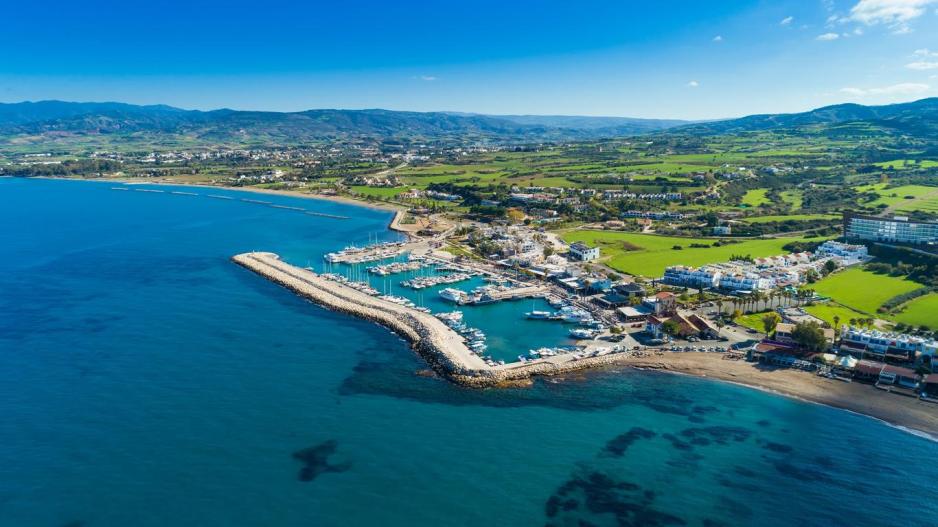Harmonizing Nature and Tourism: Cyprus' 37 Communities on a New Trajectory
37 distinctive areas are set to take center stage as Cyprus embarks on a journey to redefine its tourism offerings. This strategic pivot is fueled by a comprehensive study that underscores the remarkable developmental potential inherent within these communities and municipalities. With an emphasis on differentiation from both the overarching provincial tourism landscape and the well-trodden paths of Cyprus' bustling tourist hubs, these regions are poised to chart an uncharted course.
Emanating from the charismatic locales of Polis Chrysochous, Pegeia, Akamas, and stretching up to the majestic Tower of Tylliria, a tapestry of 37 unique communities comes to life. These areas, adorned with nature's unparalleled beauty, stand as veritable crucibles for pioneering tourism trends. Recent times have witnessed a surge of interest from global wanderers and local enthusiasts alike, as the call of nature's sanctuaries becomes increasingly irresistible.
This shift has garnered acknowledgment from the Deputy Minister of Tourism, Kostas Koumis. In an exclusive conversation with Brief, Koumis elucidated the robust developmental prospects that these landscapes harbor, a perspective that has ignited the government's fervent pursuit of their transformation.
Koumis underscored that both the expansive domain of Polis Chrysochous and the enigmatic expanse of the Tower of Tylliria are adorned with the symphony of nature – a harmonious blend of majestic mountains and enchanting seas. This natural bounty, he posited, forms the bedrock of their potential, serving as a launchpad for what he lauds as "sustainable development." A pivotal juncture beckons, one pregnant with the promise of expanding Cyprus' tourism canvas.
Yet, amidst these aspirations, a sobering reality emerges – the canvas of infrastructure, though promising, paints a picture of limitations. Koumis, however, views this challenge as a catalyst for metamorphosis. Embracing a perspective that is both astute and visionary, he envisions a trajectory where perceived limitations yield to strategic possibilities, under the stewardship of a well-conceived blueprint.
As Cyprus navigates this uncharted course, a delicate equilibrium between progress and preservation is vigilantly maintained. The study's core tenet revolves around the ethos of safeguarding the ecological tapestry that threads these landscapes, ensuring a harmonious coexistence between development and environmental integrity.

The bedrock of this discourse lies in the exploration of two distinct geographical clusters. The first, encompassing the beguiling realm of Polis Chrysochous, is complemented by the scenic tapestry of the Tower of Tylliria. This expansive canvas is further delineated into four evocative sub-categories, each weaving its tale of Cyprus' multifaceted terrain and cultural heritage.
Within this narrative, a symphony of advantages resonates. The grandeur of nature intertwined with echoes of history reverberates, punctuated by archaeological treasures and vistas that defy imagination. Concurrently, the study casts a discerning eye on challenges such as access intricacies and infrastructural gaps, offering a beacon of hope as these impediments metamorphose into opportunities under deft planning.
However, the study's revelations are not confined to mere observation. The unique landscape of these regions, an orchestra of nature's finest compositions, holds the potential to herald a new era.






